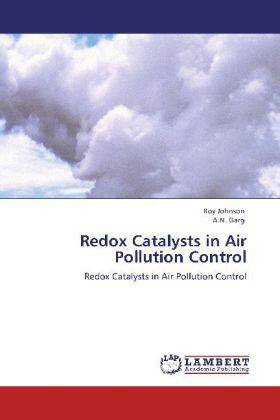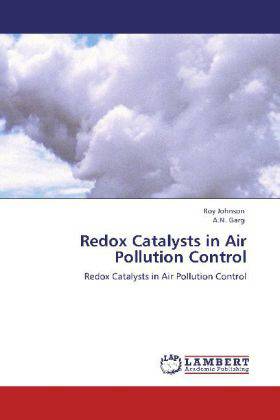
- Afhalen na 1 uur in een winkel met voorraad
- Gratis thuislevering in België vanaf € 30
- Ruim aanbod met 7 miljoen producten
- Afhalen na 1 uur in een winkel met voorraad
- Gratis thuislevering in België vanaf € 30
- Ruim aanbod met 7 miljoen producten
Zoeken
Redox Catalysts in Air Pollution Control
Redox Catalysts in Air Pollution Control
Roy Johnson, A. N. Garg
Paperback | Engels
€ 77,45
+ 154 punten
Omschrijving
This book entitled Redox Catalysts in Air Pollution Control contains the work carried out by the author for his Ph.D Degree at National Environmental Research Institute, Nagpur and awarded the degree by the Nagpur University. The work was carried out under the supervision of Prof. A.N. Garg, co-author of this volume. The present book is divided into five main sections. The first section deals with fundamentals of air pollution and catalysis with special emphasis on perovskite (ABO3) based base metal oxide catalysts. This section has been expanded to give a detailed background on the structure and mechanisms on catalysis along with the scope of the research. The second section deals with preparation of catalysts and ceramic supports of different configurations such as ceramic beads, cylindrical extrudates and monolithic honeycombs followed by characterisation and coating.The last section presents Mössbauer spectroscopy as an effective tool to study the formation of ferrites LaFeO3 and strontium substituted LaFeO3 phases. Effects of Sr2+ substitution on electrical conductivity are also evaluated and correlated with the Sr2+ concentration.
Specificaties
Betrokkenen
- Auteur(s):
- Uitgeverij:
Inhoud
- Aantal bladzijden:
- 160
- Taal:
- Engels
Eigenschappen
- Productcode (EAN):
- 9783846580646
- Verschijningsdatum:
- 24/02/2012
- Uitvoering:
- Paperback
- Afmetingen:
- 150 mm x 220 mm
- Gewicht:
- 257 g

Alleen bij Standaard Boekhandel
+ 154 punten op je klantenkaart van Standaard Boekhandel
Beoordelingen
We publiceren alleen reviews die voldoen aan de voorwaarden voor reviews. Bekijk onze voorwaarden voor reviews.








